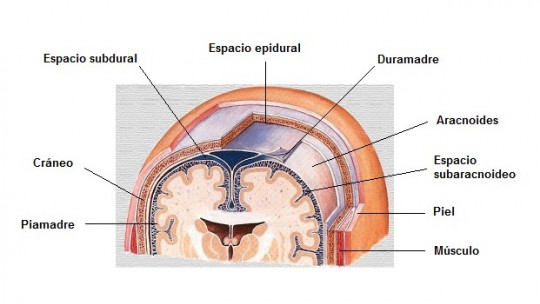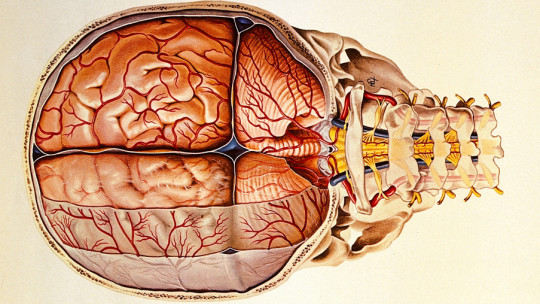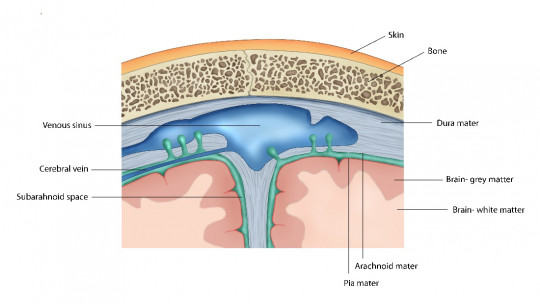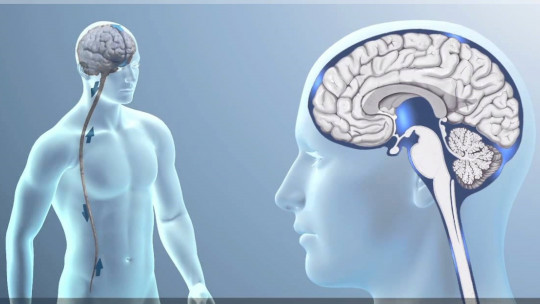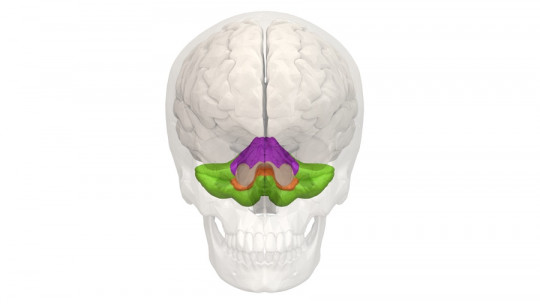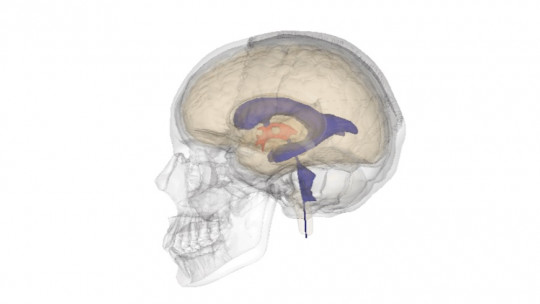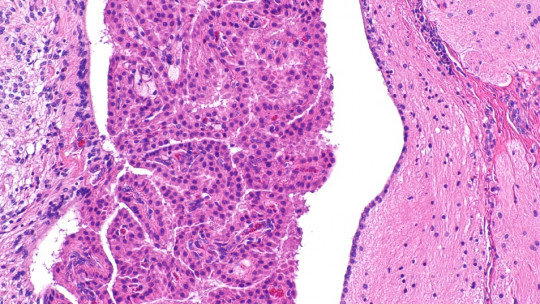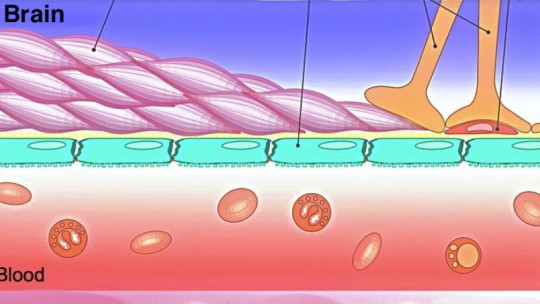The meninges are a series of membranes that, together with the skull and spine, protect the central nervous system so that minor knocks or injuries are prevented from altering its operation or completely destroying it.
In addition, they allow the brain to be in its place and, because there are different types of pain receptors in them, we can perceive that there is some type of problem or injury. In this article we are going to explore the arachnoid membrane in order to analyze what it is, its particularities and functions.
Arachnoid: the intermediate meninge
The arachnoid mater, along with the dura mater and pia mater, is one of the three meninges These are membranes that protect our brain and spinal cord from injuries coming from the outside and that play an important role in our survival. They are located one below the other, forming three small protective layers.
In the case of the arachnoid we are dealing with the intermediate membrane, being in contact with the dura mater and the pia mater. It turns out to be the most fragile and prone to breaking of the three. Another of its main characteristics is that it is not vascularized.
Although they are in close contact, the arachnoid is separated from the dura mater through the subdural space, which more than a space is a thin layer of cells between which there is interstitial fluid. With respect to the pia mater, it is separated from it through the subarachnoid space, and in turn is connected to it through the arachnoid trabeculae.
One of the main aspects that distinguish it from the other two meninges is the fact that it contains the subarachnoid space, through which cerebrospinal fluid circulates.
Main components
By observing the arachnoid we can identify the existence of different layers or parts in them.
1. Arachnoid or arachnoid barrier layer
It corresponds to the part of the arachnoid that is in contact with the dura mater Its cells are very united and barely allow the passage of interstitial fluid, being the most resistant part of the arachnoid. This layer prevents ions and molecules from entering or leaving. However, a series of granulations or arachnoid villi can be distinguished by which they connect with the veins existing in the dura mater, which allows the cerebrospinal fluid to be expelled at the end of its cycle.
2. Arachnoid trabeculae or reticular arachnoid layer
Cells of the arachnoid barrier layer project toward the pia mater, forming a network that crosses the subarachnoid space which in turn forms a network or mesh that in fact gives its name to the meninge (due to its resemblance to a spider’s web). Within these projections we find network fibers, anchor fibers and microfibers. The exact function of the trabeculae is not yet fully known, although it is speculated that they are capable of perceiving the pressure caused by the cerebrospinal fluid.
3. Subarachnoid space
Although more than part of the arachnoid it is a space located between its laminae, the subarachnoid space is one of the most important parts of the arachnoid. This is so because It is through it that the cerebrospinal fluid passes In this space we can also find a series of important cerebral fossae and cisterns in which the cerebrospinal fluid accumulates and which allow its distribution.
In addition to the brain itself, an orbital subarachnoid space can be found that surrounds the optic nerve.
Principal functions
The arachnoid is a membrane that, like the other meninges, has various functions that allow and promote our survival.
1. Protects the nervous system
Despite being relatively fragile, The arachnoid, together with the rest of the meninges, allow the brain and spinal cord to be protected against blows and injuries as well as contamination and infection by harmful agents.
2. Distribution of cerebrospinal fluid
It is in the arachnoid and in the different cisterns of the subarachnoid space through which the cerebrospinal fluid circulates an essential element to keep the neurons of the nervous system alive by nourishing them and in turn allowing the elimination of waste from brain functioning.
3. Vascular system-cerebrospinal fluid connection
Cerebrospinal fluid carries waste from brain activity, but it must be expelled This is done through the blood from the veins of the dura mater, with which the arachnoid communicates. In the same way, it prevents excessive accumulation of cerebrospinal fluid, which continues to be secreted.
4. Allows brain buoyancy
The fact that the cerebrospinal fluid circulates inside it allows the brain to float in a certain way thereby reducing its weight and allowing the maintenance of its morphology.
5. Perception of intracranial pressure
Although this is something that is not completely known, it is suspected that they are the trabeculae of the arachnoid those that allow the body to detect increases in intracranial pressure.
Associated disorders
There are various conditions that are linked to alterations in the arachnoid or another of the meninges. Among these alterations we can find the following.
1. Arachnoid cyst
Small cystic structures can form within the arachnoid and fill with cerebrospinal fluid. Although they may not cause problems, it is possible that they generate pressure that damages the nervous system. Headaches, sensitivity problems, paresthesias or paralysis frequently occur.
2. Meningitis
Both the arachnoid and the rest of the meninges can succumb to a viral or bacterial infection, becoming inflamed and causing different symptoms such as dizziness, headaches or weakness. The composition of the cerebrospinal fluid circulating through the arachnoid may be altered as well as causing compression of the brain.
3. Communicating hydrocephalus
It is a disorder in which cerebrospinal fluid accumulates inside the skull in this case because the parts of the arachnoid that allow communication between it and the blood in the veins do not function correctly, accumulating too much fluid and not reinserting into the blood.
4. Subarachnoid hemorrhage
It occurs when due to an illness or injury (such as due to a head injury) , blood enters and floods the subarachnoid space. It can be fatal. Headache, alterations in consciousness and gastrointestinal problems such as nausea and vomiting are common.

